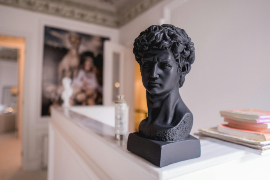Focos de atención
Museum Curator, Cultural Institution Director, Exhibition Manager, Heritage Center Director, Gallery Director
Museums are the storytellers of history, art, science, and culture — and a Museum Director is the person who ensures those stories are told with accuracy, impact, and inspiration. They oversee all aspects of a museum’s operations, from developing exhibitions and educational programs to managing budgets, fundraising campaigns, and staff teams.
A Museum Director is both a visionary and a practical manager. They balance the creative process of curating engaging exhibits with the business side of running a public institution — securing funding, maintaining facilities, and building relationships with donors, boards, and the community. It’s a career for someone who loves history, culture, and the arts, but also thrives in leadership and decision-making roles.
- Seeing visitors connect emotionally with an exhibit you helped bring to life.
- Preserving artifacts, artworks, and stories for future generations.
- Building partnerships with artists, scholars, and community leaders.
- Watching educational programs inspire curiosity in students and families.
Horario de trabajo
Museum Directors typically work full-time, with additional evenings and weekends for exhibit openings, community events, and fundraising galas. Travel may be required for professional conferences, exhibitions, and donor meetings.
Tareas típicas
- Oversee planning, development, and installation of exhibitions.
- Manage museum staff, including curators, educators, and administrators.
- Secure funding through grants, donations, sponsorships, and memberships.
- Develop and oversee budgets, ensuring financial sustainability.
- Foster partnerships with other museums, cultural organizations, and academic institutions.
Responsabilidades adicionales
- Represent the museum at public events, conferences, and media interviews.
- Ensure the preservation and proper care of collections.
- Approve marketing strategies to promote exhibitions and programs.
- Review and update museum policies in alignment with ethical and legal standards.
- Collaborate with educational institutions to design outreach programs.
A Museum Director’s day often begins with a review of emails and schedules — meetings with curators to discuss upcoming exhibits, calls with potential donors, and strategic planning sessions with the board of trustees. Afternoons may include walking through the galleries to assess ongoing installations, reviewing marketing materials, or approving budget proposals. In the evening, they might attend a gala, opening reception, or lecture.
Habilidades interpersonales:
- Leadership and team management
- Hablar en público
- Pensamiento estratégico
- Fundraising and networking
- Sensibilidad cultural
- Resolución de conflictos
- Storytelling ability
- Gestión del tiempo
Habilidades técnicas:
- Museum collection management systems
- Budget and grant management
- Exhibition design principles
- Archival preservation techniques
- Marketing and public relations tools
- Software de gestión de proyectos
- Knowledge of cultural heritage laws and ethics
- Art Museum Director: Specializes in fine arts and cultural heritage.
- Science or Natural History Museum Director: Focuses on scientific collections and public education.
- Children’s Museum Director: Designs highly interactive, educational experiences for young audiences.
- History Museum Director: Oversees exhibitions on regional, national, or global history.
Museums are embracing digital technology — offering virtual tours, interactive exhibits, and augmented reality experiences. Diversity, equity, and inclusion initiatives are reshaping collections and programs. Environmental sustainability is a growing focus in exhibit design and building operations. There’s also an increasing push for museums to serve as active community hubs, hosting dialogues, performances, and collaborative projects.
- Sustainability and eco-conscious operations
- Climate-focused exhibitions and education
- Immersive technologies (AR, VR, holograms, interactive storytelling)
- AI-driven personalization and visitor data analytics
- Community-curated exhibitions and shared authority
- Accessibility innovations (assistive tech, telepresence robots)
- Hybrid programming (onsite + digital experiences)
- Expanded online collections and mobile integration
- Museum retail shifts to sustainable, wellness-focused, and local products
- Personalized and experiential retail offerings
- Collaborative touring exhibitions and shared programming
Many Museum Directors loved visiting museums, art galleries, and historical sites as children. They might have collected stamps, coins, fossils, or memorabilia — fascinated by the stories behind objects. Some enjoyed theater, art classes, or writing, while others loved organizing community events or school clubs. A common trait: a deep curiosity about the world and a desire to share knowledge with others.
A bachelor’s degree in museum studies, art history, history, archaeology, anthropology, or a related field is typically the minimum requirement, while a master’s degree in museum studies, arts administration, public history, or nonprofit management is commonly preferred.
Helpful Certifications:
- Certificate in Nonprofit Management
- Fundraising or development training programs
- Collections care and conservation workshops
- Volunteer or intern at a local museum, gallery, or archive.
- Take classes in history, art, anthropology, public speaking, and business.
- Join history clubs, art clubs, or debate teams.
- Attend museum events, lectures, and traveling exhibitions.
- Start a personal collection or research project.
- Work part-time or volunteer in customer service roles to build communication skills.
- Apply for summer programs or workshops at universities or cultural institutions.
- Strong partnerships with museums and cultural organizations.
- Internship and fieldwork opportunities.
- Courses in museum management, curation, and fundraising.
- Faculty with professional museum experience.
- Strong mentorship or leadership training components to develop management and strategic planning skills.
- Access to professional networks, alumni associations, and regional/national museum leadership conferences.
Certifications and trainings commonly associated with museum leadership and studies programs include:
- Museum Leadership Certificates or Executive Training Programs—such as those offered by the Museum Leadership Institute at Claremont Graduate University.
- Certification in Collection Management or Curatorial Practices, covering object care, cataloguing, and exhibition development.
- Fundraising and Development Certifications, often offered by associations like the Association of Fundraising Professionals (AFP), beneficial for securing museum funding and managing donor relations.
- Educational Outreach Certifications focused on designing impactful public programs—often provided through institutions like Bank Street Graduate School’s LEMCO program or American Alliance of Museums (AAM) workshops.
- Earn at least a bachelor’s degree in museum studies, art history, history, archaeology, anthropology, or a related field.
- Complete internships or entry-level positions in museums, galleries, archives, or cultural organizations.
- Create a professional profile on LinkedIn and join museum-focused associations like the American Alliance of Museums (AAM).
- Search job portals such as Indeed.com, Glassdoor, LinkedIn Jobs, USAJOBS (for federal museums), and AAM’s Career Center.
- Highlight leadership, fundraising, project management, and curatorial experience in your resume.
- Volunteer for special events, educational programs, or exhibit openings to build connections in the museum community.
- If you lack management experience, start in roles such as assistant curator, collections manager, or education coordinator.
- Attend museum conferences, seminars, and networking events to meet potential mentors and employers.
- Ask former professors, supervisors, or professional colleagues for recommendation letters or permission to list them as references.
- Research the museum’s mission, audience, and recent exhibitions before interviews.
- Review sample museum professional resumes and practice interview questions related to leadership and exhibit planning.
- Conduct mock interviews with friends, colleagues, or through professional networks.
- Dress professionally for interviews and bring a portfolio showcasing past projects, exhibitions, or programs you’ve worked on.
- Gain experience in multiple museum departments — curation, education, operations, and fundraising.
- Publish articles or give talks on museum practices.
- Take leadership roles in professional associations.
- Build strong relationships with donors and stakeholders.
- Stay current on museum technology, trends, and ethics.
- Mentor emerging museum professionals to build leadership credibility.
- Pursue advanced education or executive training programs in arts administration or nonprofit leadership.
Websites:
- American Alliance of Museums (AAM)
- International Council of Museums (ICOM)
- MuseumJobs.com
- Smithsonian Learning Lab
- National Endowment for the Arts (NEA)
Books:
- Running a Museum: A Practical Handbook by Patrick J. Boylan
- Exhibit Labels: An Interpretive Approach by Beverly Serrell
- Museum Administration 2.0 by Hugh H. Genoways and Lynne M. Ireland
Being a Museum Director can be a fulfilling and impactful career, but it’s also highly competitive and may require years of experience before reaching the top leadership role. If you’re interested in exploring other museum or cultural institution careers, check out the suggested job titles below!
- Exhibition Designer
- Curator
- Archivero
- Nonprofit Program Director
- Arts Education Coordinator
- Cultural Heritage Consultant
Newsfeed

Trabajos destacados

Cursos y herramientas en línea







